The No-BS Guide to Foods That Actually Help After 40
So, you’ve hit your forties. Welcome to the club! I’ve spent a long time helping people navigate their health, from top-tier athletes to parents juggling a million things, and there’s a common thread I see right around this age. Things just… shift. The way your body handles food, workouts, and stress feels different. And let me be clear: this isn’t you failing. It’s a completely normal biological transition, and it just means it’s time to start working smarter, not harder, with your nutrition.
In this article
- Oats: Your Secret Weapon for Heart Health and Steady Energy
- The Right Fats: Why Olive Oil and Walnuts are Non-Negotiable
- Fatty Fish: For Your Brain, Muscles, and Mood
- Colorful Antioxidants: Why You Need Tomatoes and Berries
- Garlic: More Than Just Flavor
- Putting It All Together: A Sample Day
- Your New Foundation
- Inspiration:
Honestly, you could probably get away with a lot in your twenties. A forgiving metabolism can cover a multitude of sins (like late-night pizza). But as we get older, our bodies start sending clearer messages. Maybe recovery from a workout takes an extra day, your energy slumps in the afternoon, or a few stubborn pounds have decided to move in for good. This is real. Our metabolism naturally slows a bit, and hormone changes can affect everything from muscle mass to where our body stores fat. It’s not a crisis; it’s a cue.

This isn’t the time to jump on some crazy restrictive diet you saw on social media. It’s time to build a solid foundation with foods that give you the most bang for your buck. Think of it less as a “diet” and more like a long-term maintenance plan for a high-performance machine—your body. Let’s walk through the heavy hitters that I see make a real difference.
Oats: Your Secret Weapon for Heart Health and Steady Energy
Most people see oats as a humble breakfast, but they are a powerhouse for managing some of the biggest health concerns that pop up in midlife. The magic ingredient is a type of soluble fiber called beta-glucan.
When you eat oats, this fiber forms a thick gel in your gut. This gel does a couple of amazing things. First, it literally grabs onto cholesterol and escorts it out of your body, which can help lower your “bad” LDL cholesterol. Second, it slows everything down, preventing those wild blood sugar spikes and crashes that tank your energy and bring on cravings. This is HUGE for maintaining stable energy all day.

But not all oats are the same. Heads up! Those little instant packets are often highly processed, so your body burns through them way too fast. For the best results, you want to go with steel-cut or thick-rolled oats.
- Steel-Cut Oats: These are the least processed and have a chewy, hearty texture. They take about 20-30 minutes to cook on the stove, which feels like a lot on a busy morning. Pro tip: Cook a big batch on Sunday and portion it out for the week. It keeps perfectly in the fridge.
- Rolled Oats: This is my usual go-to. They’re a great middle ground, cooking in about 5-10 minutes while still keeping most of their nutritional punch. They’re also perfect for overnight oats.
Speaking of which, if you want a ridiculously easy and complete breakfast, try this. My Foolproof Overnight Oats: In a jar, just mix a 1/2 cup of rolled oats, a 1/2 cup of milk (any kind works), a tablespoon of chia seeds, and a scoop of your favorite protein powder. Shake it up and stick it in the fridge. In the morning, top it with some berries and a few walnuts. Breakfast is done.
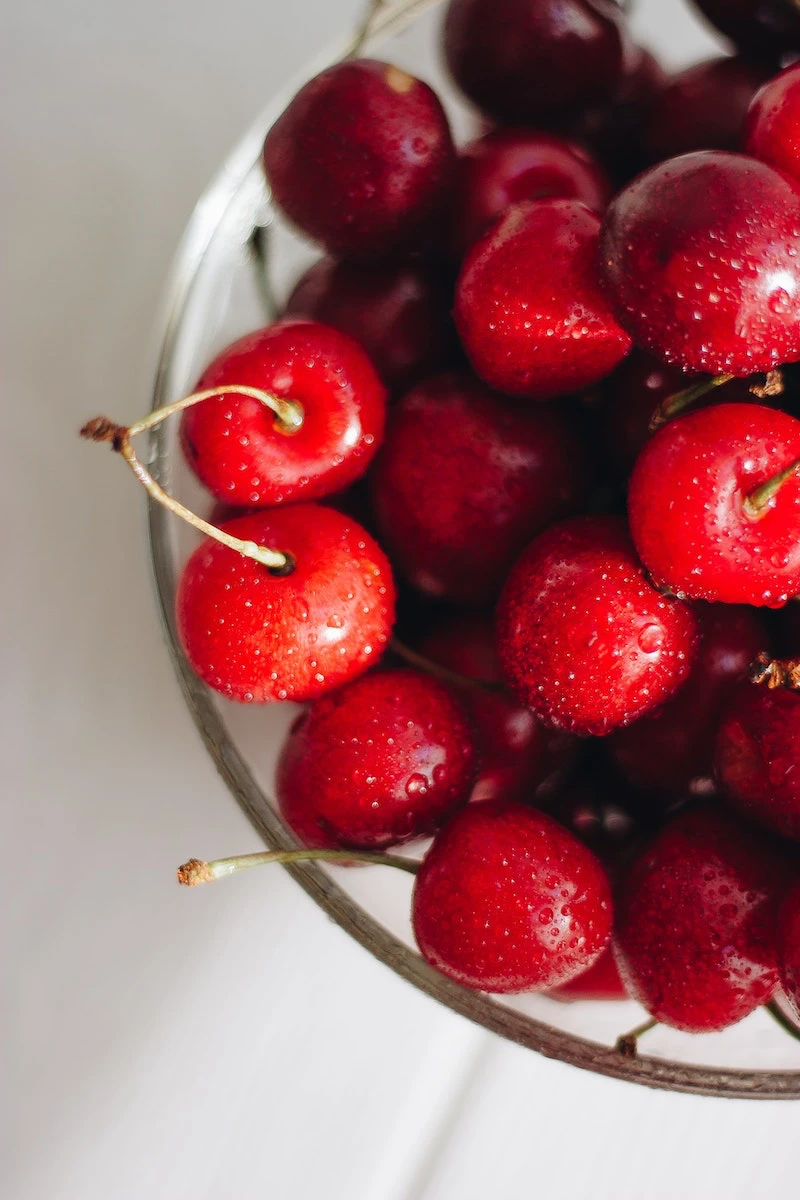
By the way, buying oats from the bulk bin is incredibly cheap. You’re looking at maybe $0.20 to $0.40 a serving, making it one of the most cost-effective health foods out there.
The Right Fats: Why Olive Oil and Walnuts are Non-Negotiable
We spent way too long being afraid of fat. Now we know better: the type of fat is what truly matters. For anyone over 40, good fats are essential for keeping your brain sharp and your heart strong.
Extra virgin olive oil (EVOO) is a champ here. It’s loaded with monounsaturated fat that helps with cholesterol, but the real benefit comes from its powerful antioxidants. A good quality EVOO contains a compound that has natural anti-inflammatory effects. Since low-grade inflammation is a driver of so many age-related issues, using foods to fight it is a key strategy.
When you’re at the store, look for EVOO in a dark glass bottle (light is its enemy) with a harvest date on it. You want the freshest oil you can find. A good one will often have a peppery, slightly bitter kick at the back of your throat—that’s how you know the good stuff is in there!
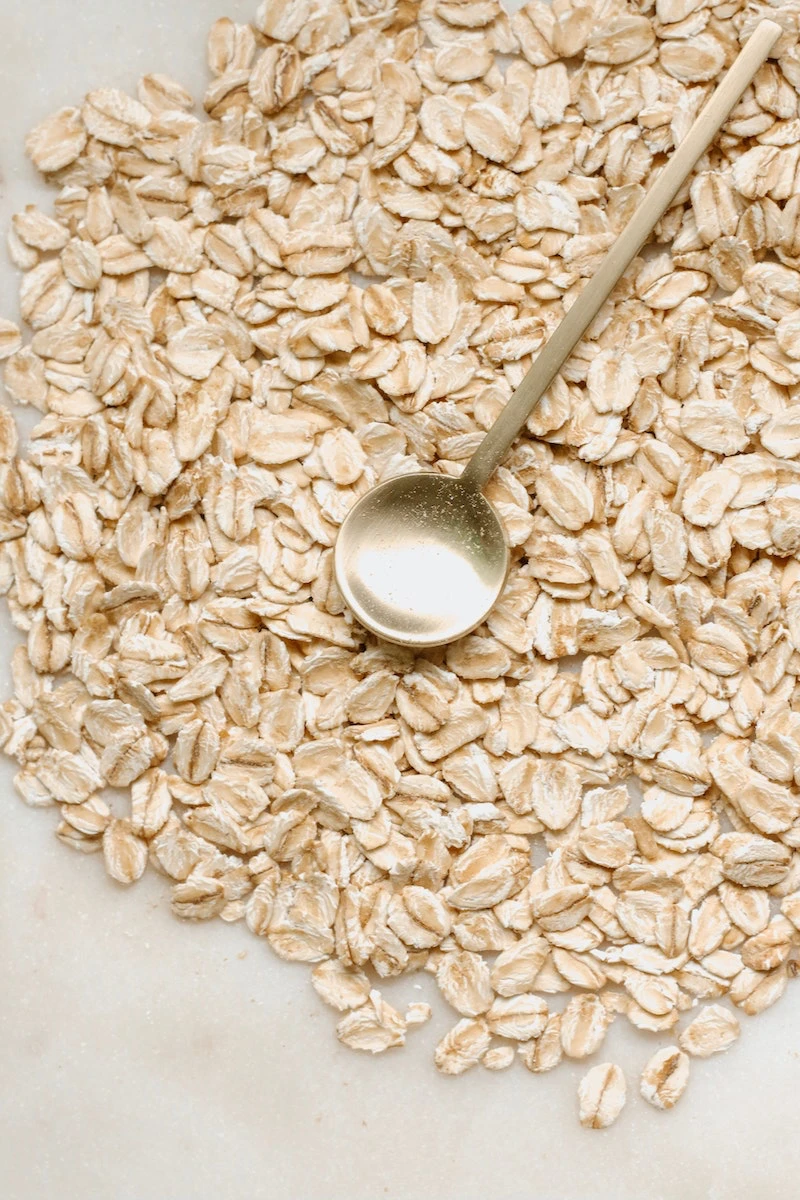
Walnuts are another star, packed with a type of omega-3 fatty acid called ALA. Your brain absolutely loves this stuff. A small handful is all you need. For the best quality, buy them raw and store them in the fridge or freezer in an airtight container. Their high-fat content means they can go bad pretty quickly at room temperature.
Here’s the deal, though: these are calorie-dense. A tablespoon of oil is about 120 calories. The goal is to use them to replace less healthy fats, like butter or cheap vegetable oils. Aim for about 1-2 tablespoons of olive oil and a small handful of walnuts a day. Drizzle the oil on salads or roasted veggies instead of cooking with it at super high heat, which can damage some of its best properties.
Oh yeah, good to know: If you have a nut allergy, don’t sweat it. You can get similar plant-based omega-3s from a tablespoon of ground flaxseed or chia seeds each day.
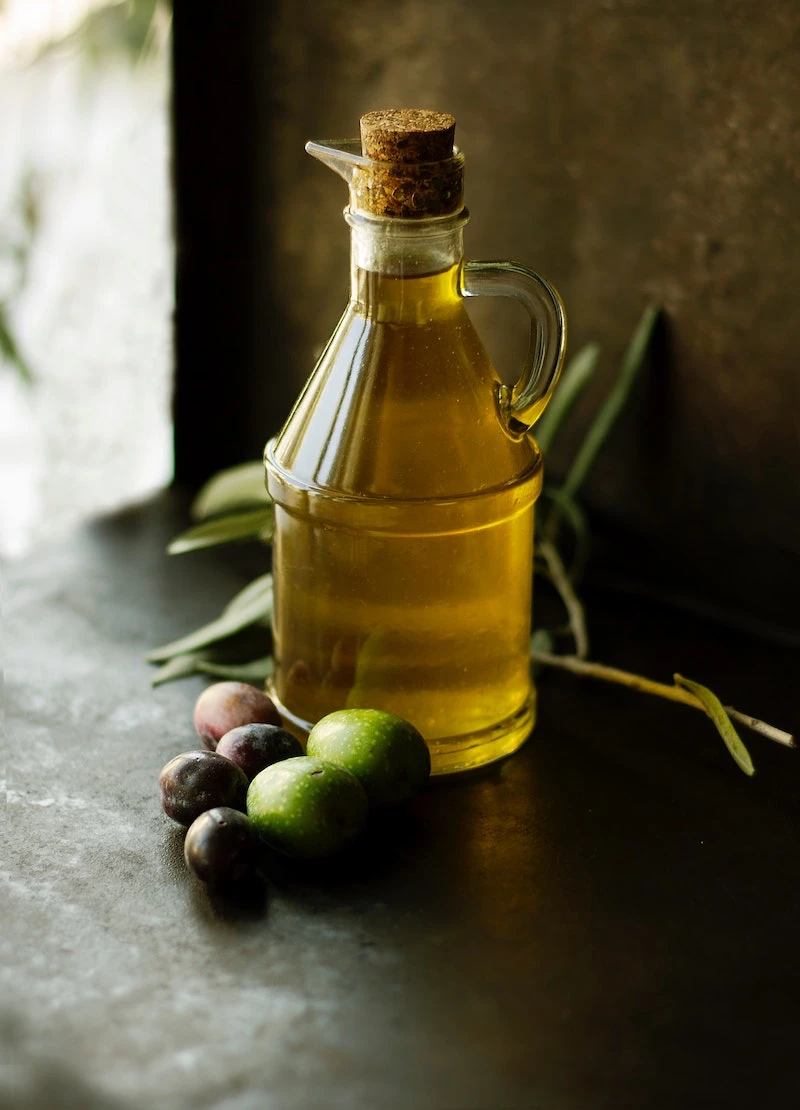
Fatty Fish: For Your Brain, Muscles, and Mood
As we age, we naturally start to lose a bit of muscle mass. Eating enough high-quality protein is your number one defense to stay strong and keep your metabolism humming. Fatty fish delivers that protein plus the most powerful anti-inflammatory fats you can eat: EPA and DHA omega-3s.
These specific omega-3s are crucial for brain cell structure and function, helping with everything from memory to mood. The best sources are cold-water fatty fish. Just remember the acronym SMASH: Salmon, Mackerel, Anchovies, Sardines, and Herring. These guys are high in omega-3s and low in mercury.
Fresh fish can get pricey, I get it. Canned and frozen options are just as nutritious and way more affordable. A can of quality salmon or sardines can run you just $2 to $4. When buying canned, look for fish packed in water or olive oil (not soybean oil!) and check for a BPA-free can lining if you can.
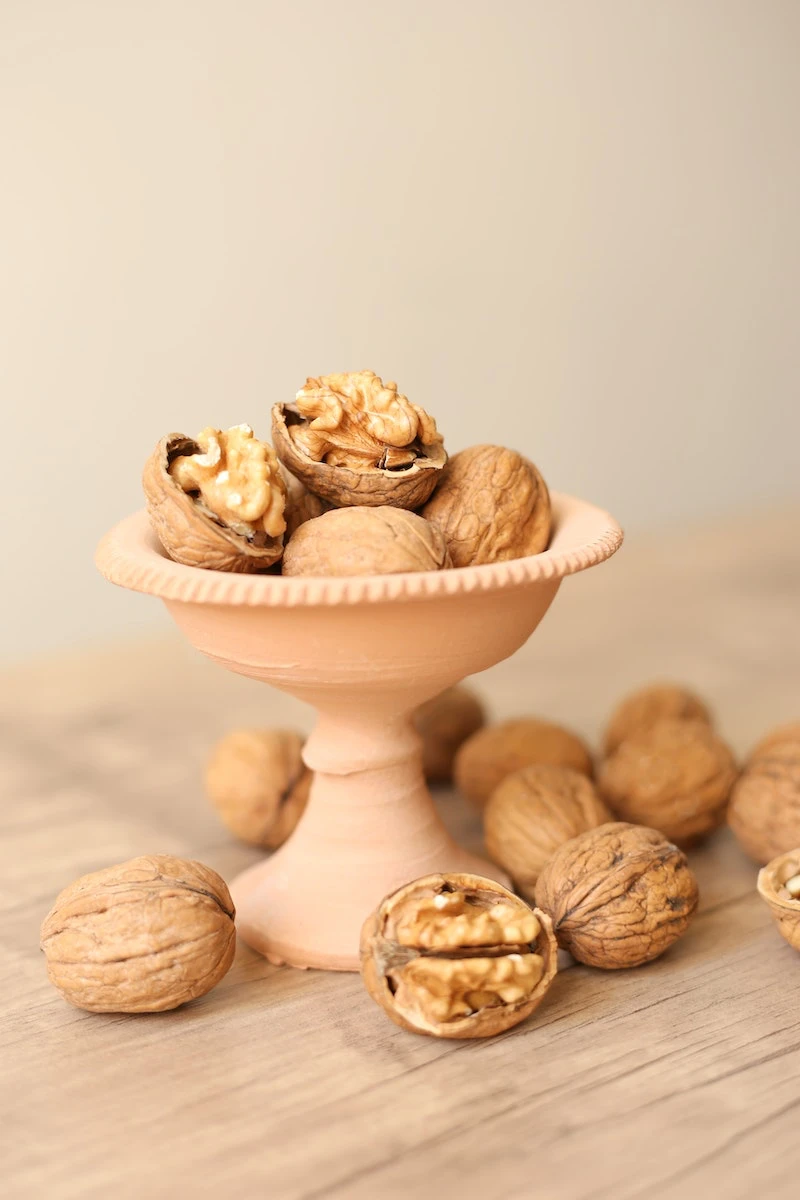
Here’s a lesser-known trick: Canned salmon often includes the soft, edible bones. Don’t pick them out! Mash them right in with the fish. It’s a massive, totally free calcium boost that’s fantastic for bone health—something that’s incredibly important as we get older.
What if you hate fish? It’s a common problem. Your best bet is to look into a high-quality fish oil or algae-based omega-3 supplement (algae is a great vegan option). Just be sure to talk to your doctor first, especially if you’re on any medications.
Colorful Antioxidants: Why You Need Tomatoes and Berries
“Antioxidant” is a buzzy word, but it just means a substance that protects your cells from damage. Think of it like rust-proofing for your body. The most vibrant, colorful fruits and veggies are your best source.
Tomatoes are packed with lycopene, an antioxidant that’s great for skin and cell protection. Fun fact: your body can absorb more lycopene from cooked tomatoes. So tomato sauce, paste, and soup are even better than raw ones. Just be sure to add a little healthy fat, like that EVOO we talked about, to help your body absorb it.
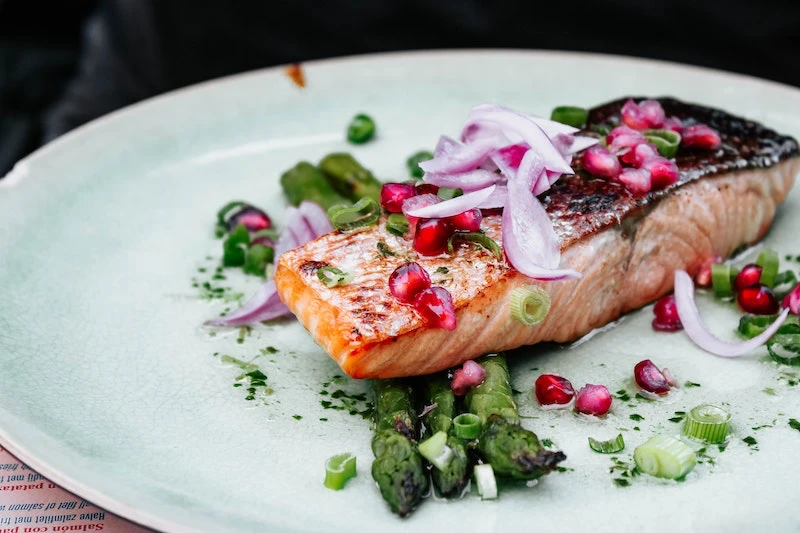
Berries—especially dark ones like blueberries, blackberries, and cherries—are loaded with another type of antioxidant called anthocyanins. These are anti-inflammatory powerhouses. Frozen berries are a fantastic choice. They’re picked at peak ripeness, locking in all the nutrients, and they’re available year-round for a fraction of the cost of fresh. A big bag from a place like Costco or your local grocery store might cost between $8 and $12 and last you for weeks. Throw a cup into your smoothie or oatmeal.
Garlic: More Than Just Flavor
Garlic is a staple in my kitchen for a reason. It contains powerful sulfur compounds that are amazing for your heart and immune system. The main active compound, allicin, is created when the garlic clove is crushed or chopped.
But here’s a pro technique you need to know: The enzyme that creates allicin gets destroyed by heat. If you throw minced garlic straight into a sizzling hot pan, you get all the flavor but lose a lot of the health benefits. The trick is to chop and wait. Crush or chop your garlic, then let it sit on the cutting board for 10 minutes before you cook with it. This gives the enzyme time to do its work, preserving more of the benefits.
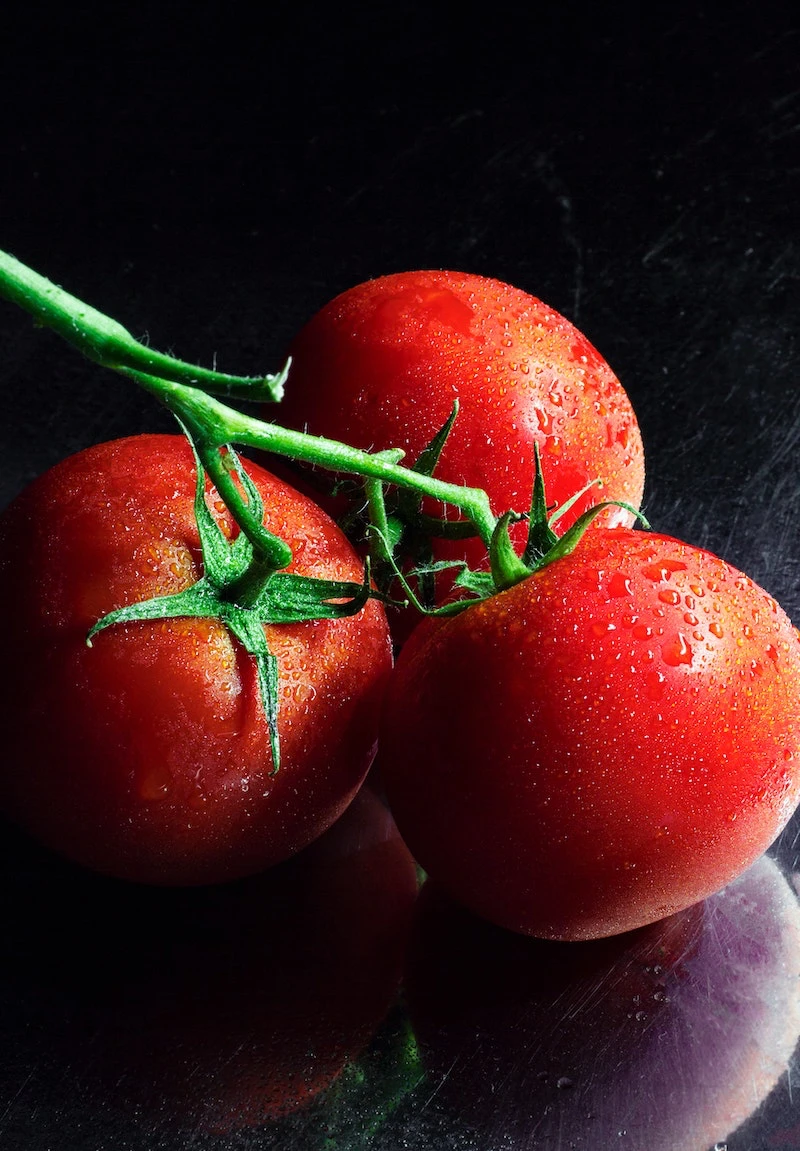
Putting It All Together: A Sample Day
So how does this actually look on a plate? It’s simpler than you think.
- Breakfast: The overnight oats we talked about, topped with a cup of frozen berries and a sprinkle of walnuts.
- Lunch: A huge salad with tons of leafy greens, chopped veggies, some chickpeas, and a can of salmon (with the bones mashed in!), all drizzled with a simple EVOO and lemon juice dressing.
- Dinner: Baked chicken or tofu with a side of roasted broccoli and cherry tomatoes. Toss the veggies in olive oil and plenty of that pre-chopped garlic before roasting.
Your New Foundation
Look, no single food is a magic bullet. These foods are just pillars for a smart, resilient diet that addresses the main challenges we face after 40: protecting our heart, brain, and muscles while keeping inflammation in check. Don’t forget other important players like leafy greens, beans, and lentils, too!
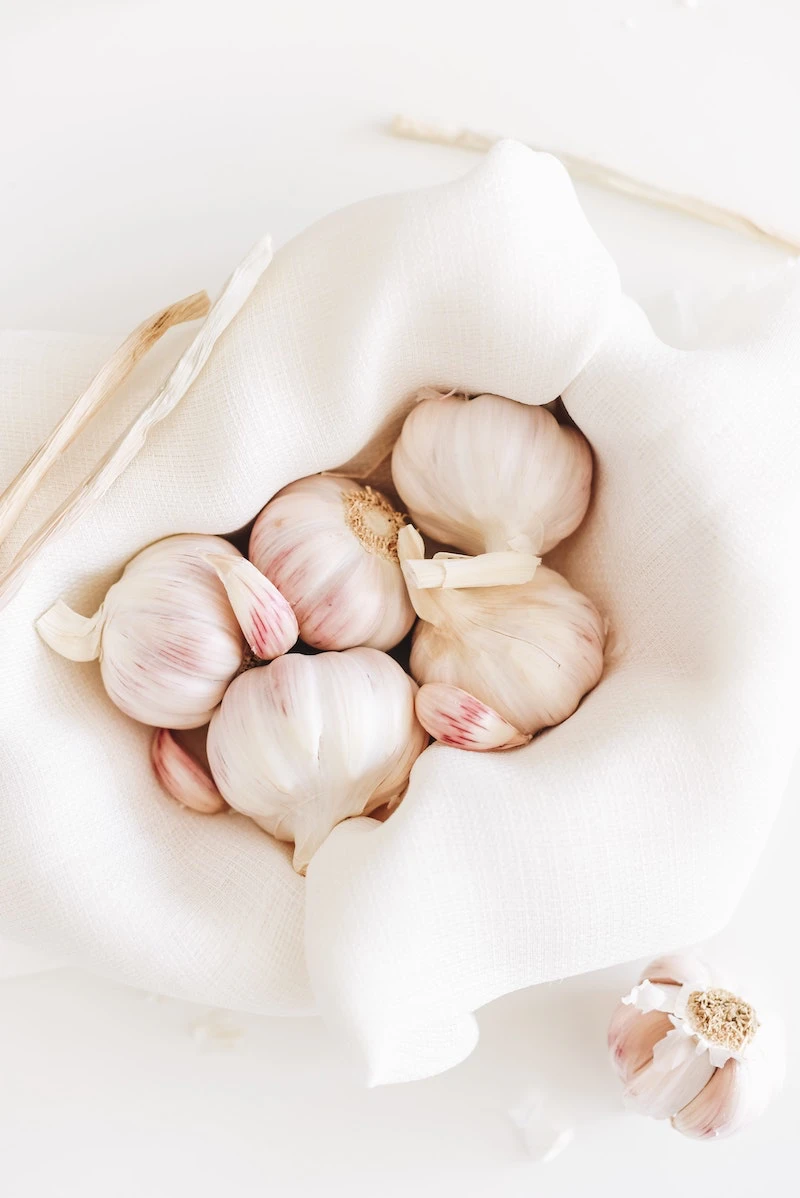
The most important thing is to start small. Don’t try to change everything at once. Here’s your mission for this week: Pick just ONE food from this list and find a way to eat it at least three times. That’s it. Small, consistent changes are what lead to big, lasting results.
And of course, this is all for educational purposes. It’s not a substitute for personalized medical advice. Your body and your needs are unique, so it’s always a great idea to chat with a doctor or a registered dietitian who can help you build a plan that’s perfect for you. Your forties are a time of empowerment, and taking charge of your nutrition is one of the most powerful moves you can make.
Inspiration:

Struggling with afternoon cravings and feeling like you’re losing strength? Your breakfast might be the culprit.
After 40, our bodies fight a quiet battle against muscle loss called sarcopenia. The single best weapon? Protein, and lots of it, starting with your first meal. A breakfast of just toast or cereal sends your blood sugar on a roller coaster, leading to that 3 PM energy crash and cravings. Instead, aim for 20-30 grams of protein. This isn’t as hard as it sounds. Swap your usual bowl for a cup of Fage Total 0% Greek yogurt (20g protein), add a scoop of collagen peptides like those from Vital Proteins to your coffee (around 9g protein), or simply have two or three scrambled eggs. This front-loads your day, keeps you full, and gives your muscles the fuel they need to stay strong.










